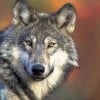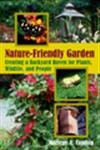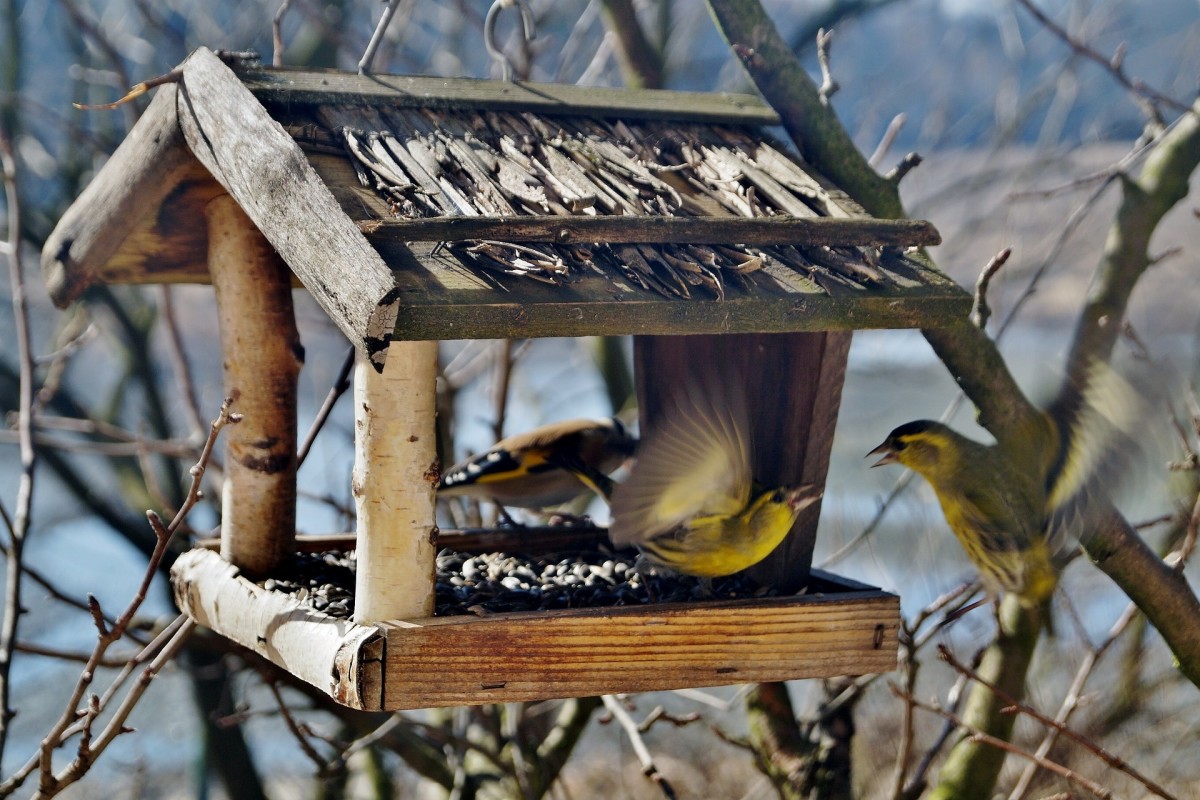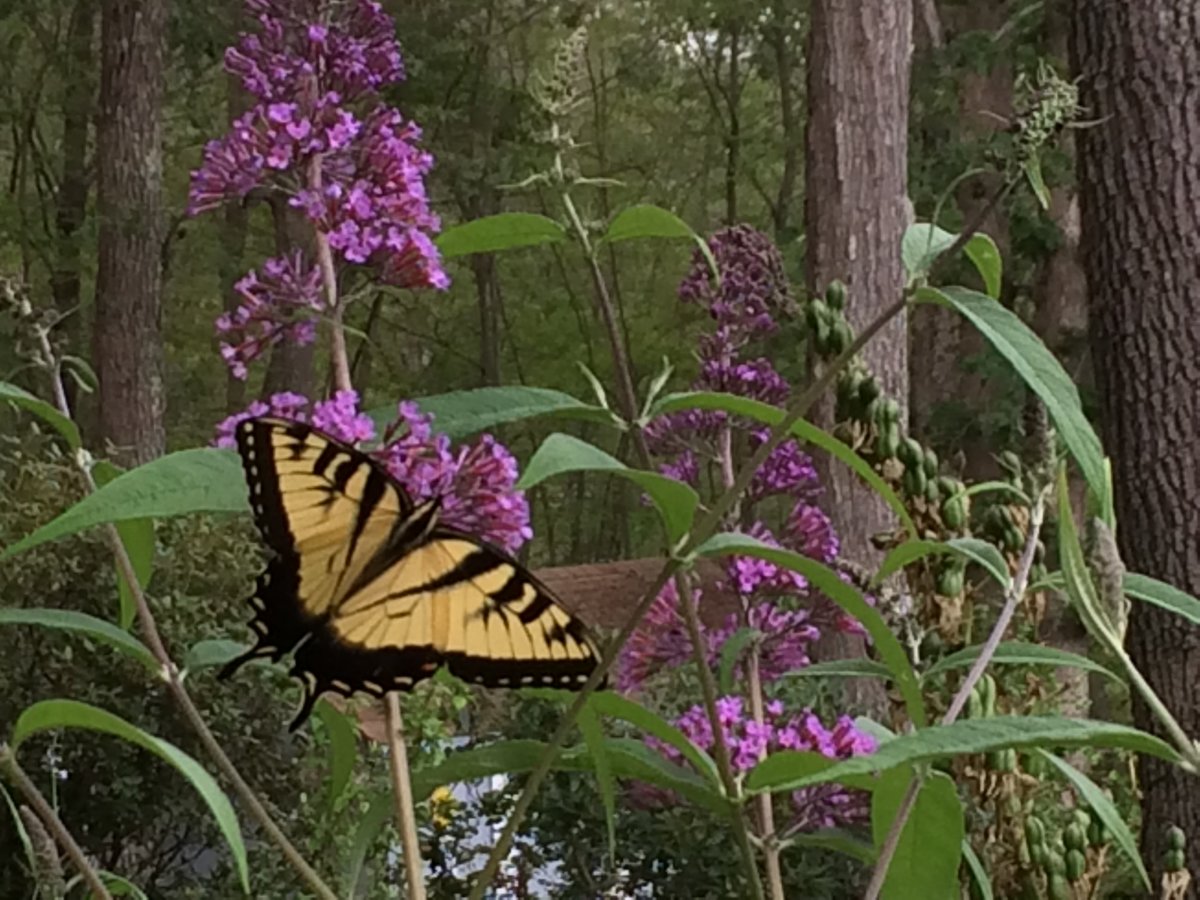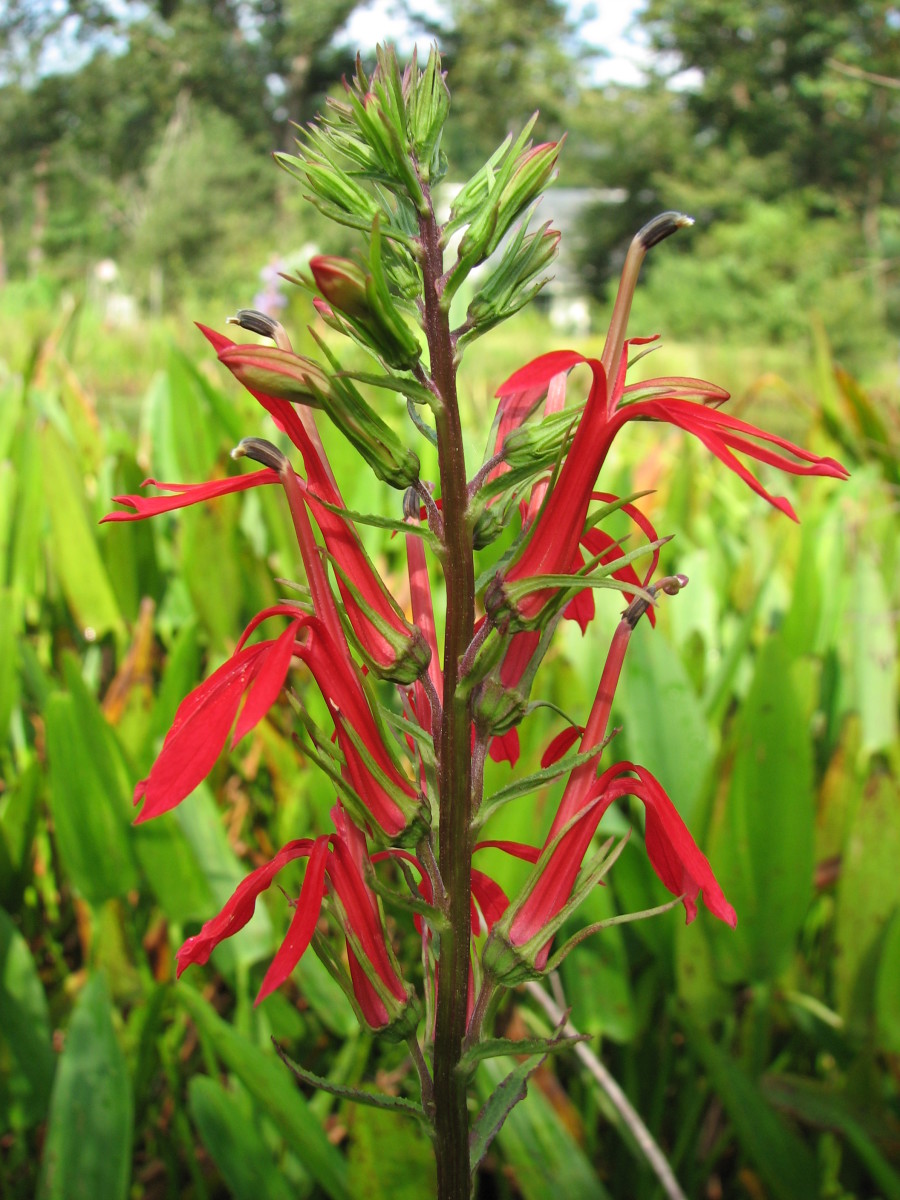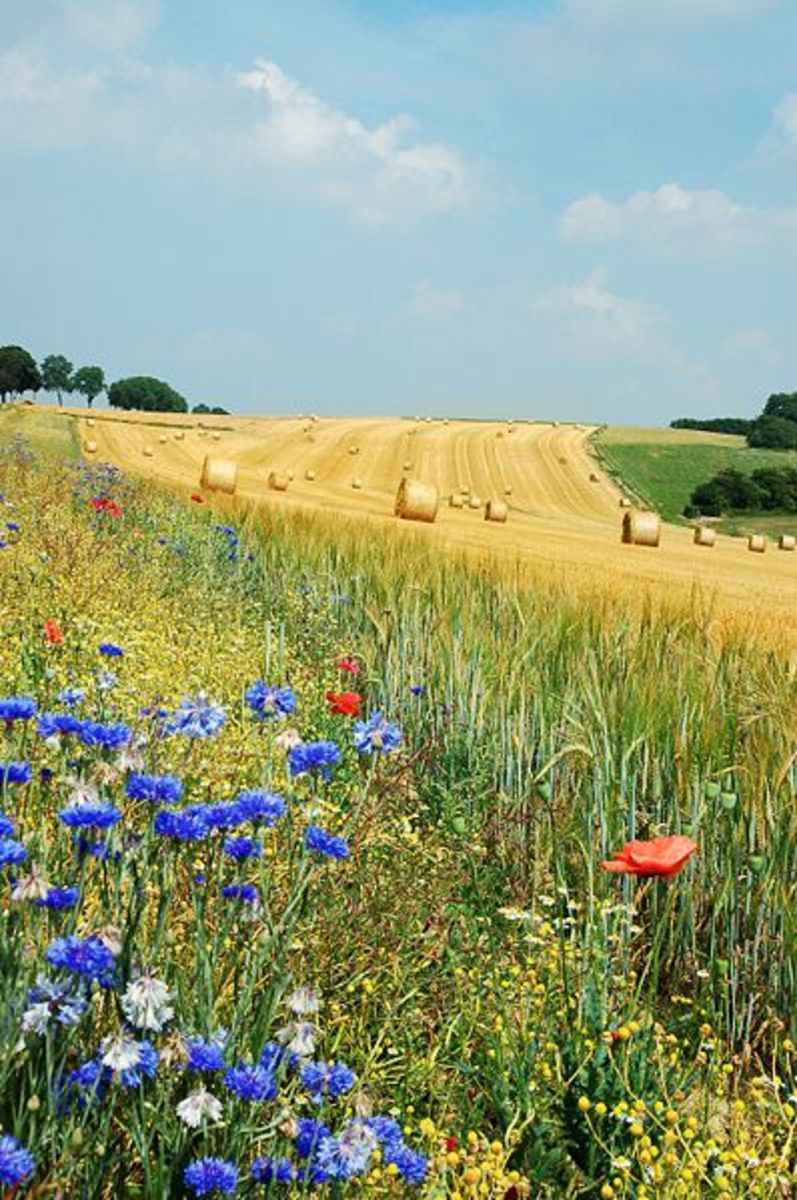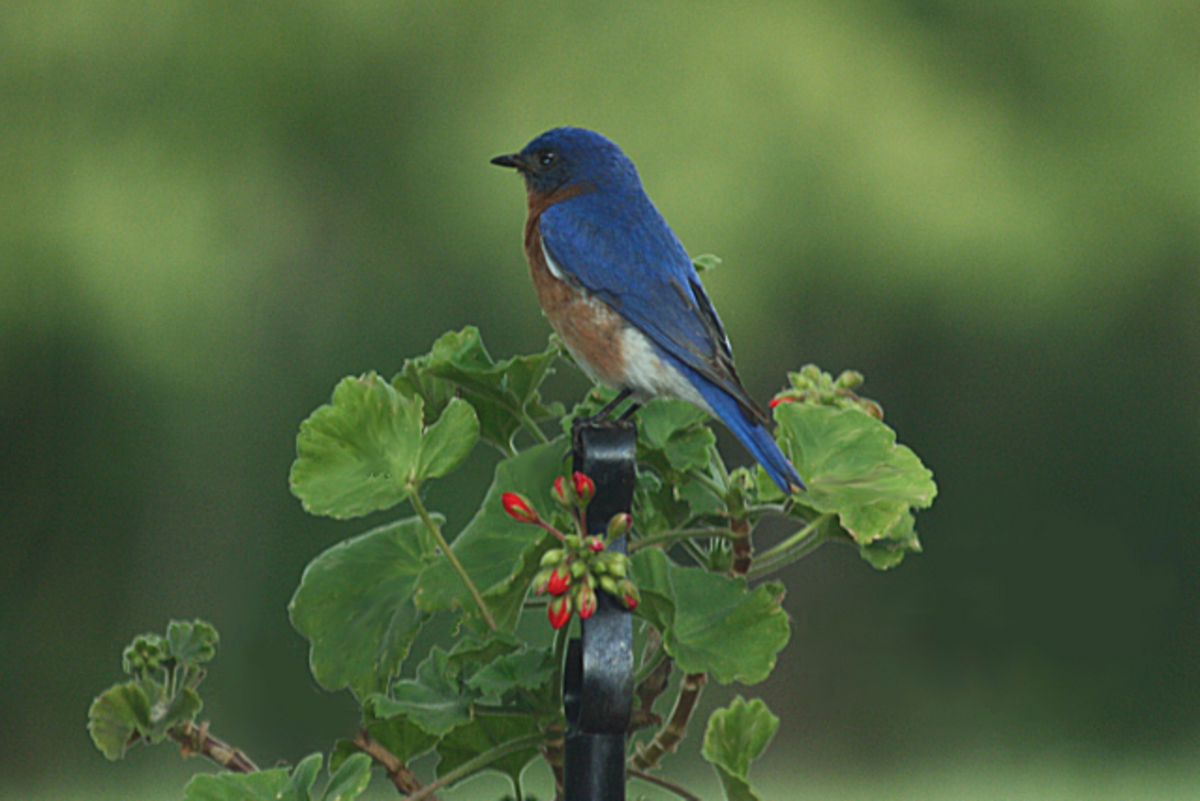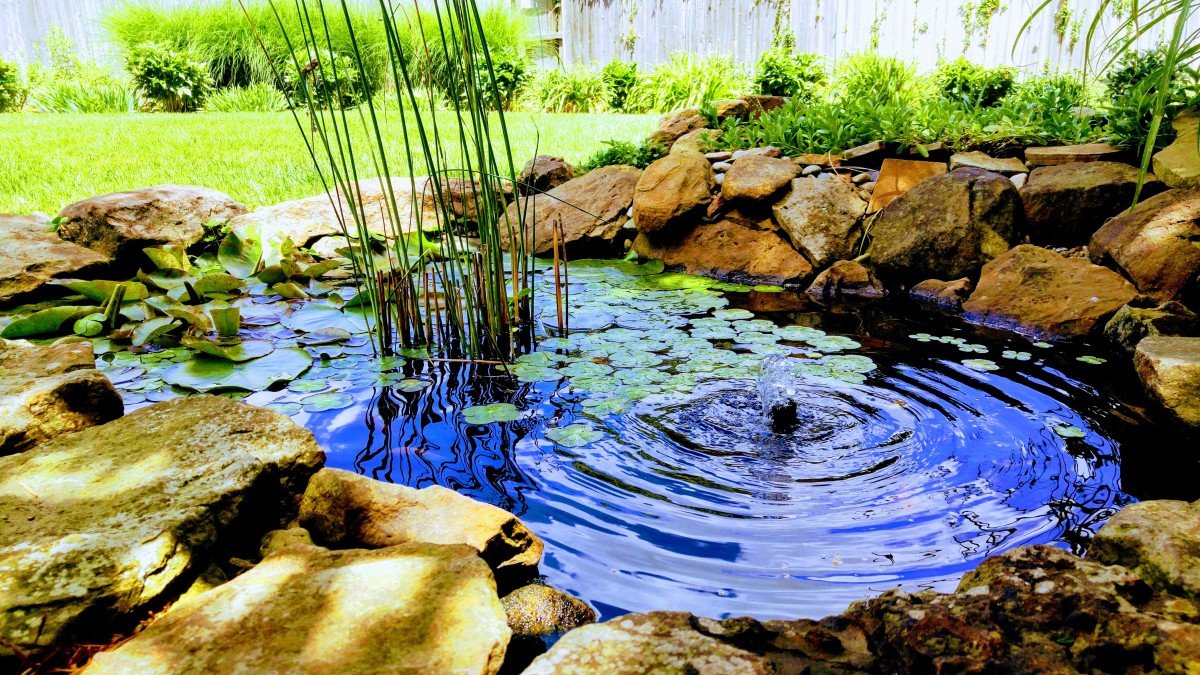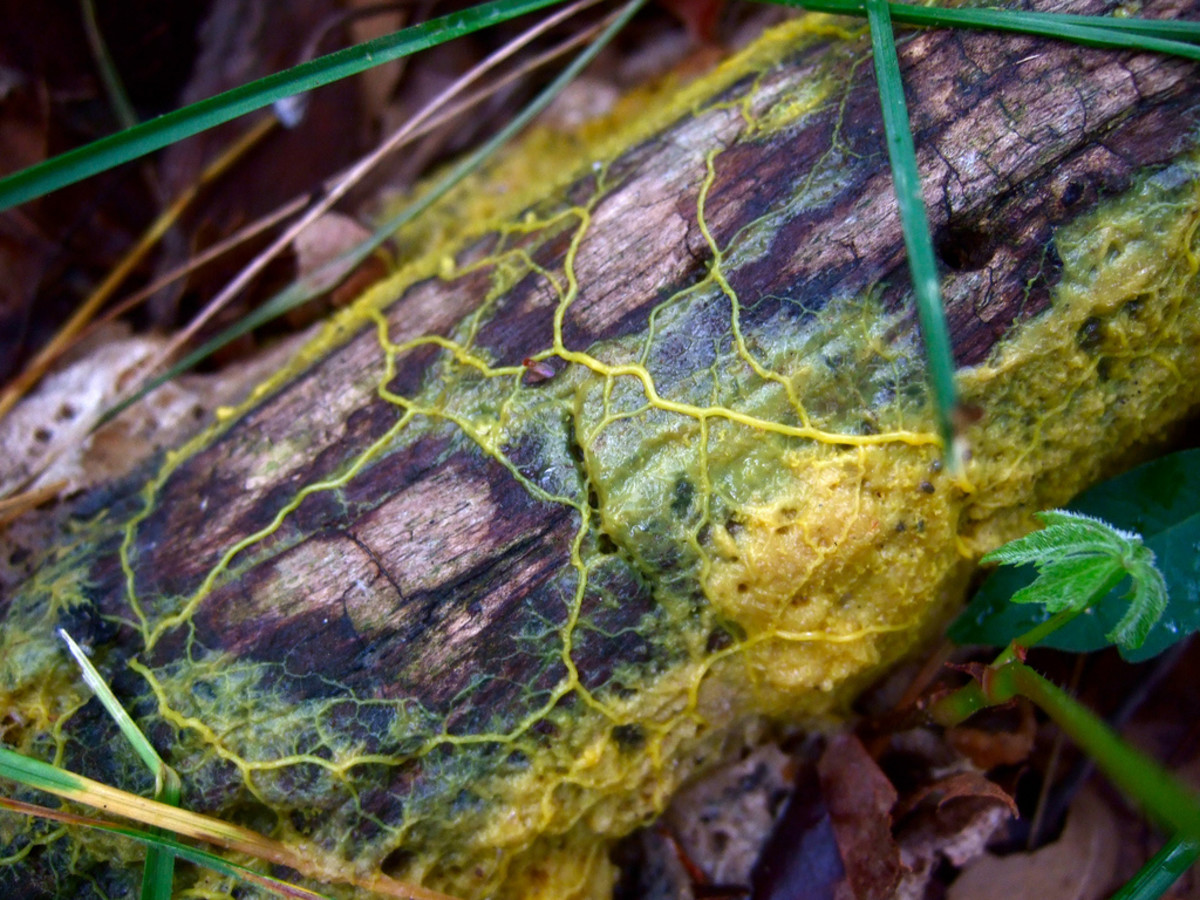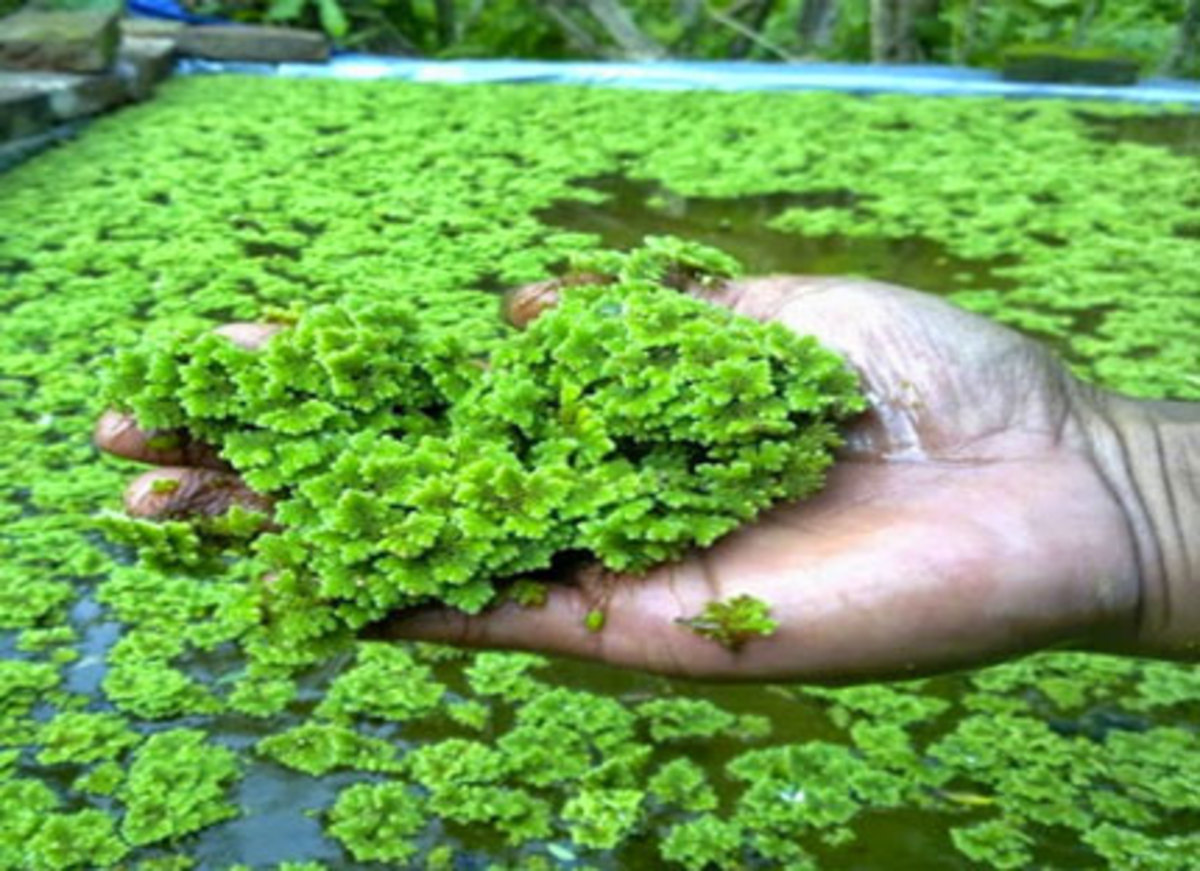Attracting Birds With Prairie Plants
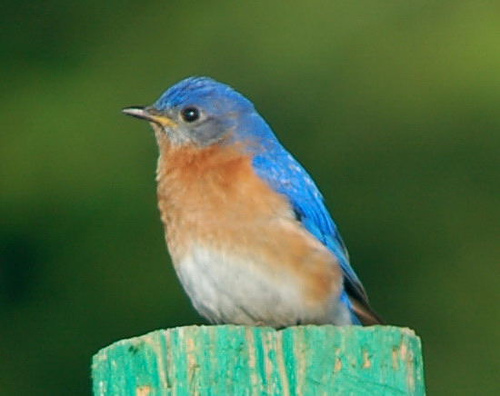
Whether you live on an acreage or the smallest city lot, attracting birds to your garden is easy with native prairie plants.
The tallgrass prairie, which once covered much of the American Midwest, is one of the most diverse ecosystems in the world, and one of the most endangered. Less than 1% of its original extent remains intact. Though themid and shortgrass prairies of the Great Plains have fared better, they too have lost huge swathes of land to agriculture and other human pursuits. In recent years, however, there has been a revival of interest in native prairie plants. In addition to being hardy, drought-resistant, and beautiful, native prairie plants are favorites of many species of native wildlife, including birds.
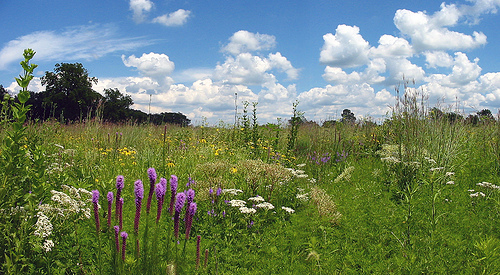
The Basics of Gardening for Birds
Birds are looking for three things in a home: food, water, and shelter. If you provide these three things, you will attract birds to your garden, guaranteed.
It is possible to provide all three of these things artificially, with birdfeeders, birdbaths, and birdhouses. In fact, I recommend that you do. However, if you really want to attract the widest variety of birds to your yard, you also have to provide natural food, shelter, and water.
Fortunately, prairie plants can provide all three.
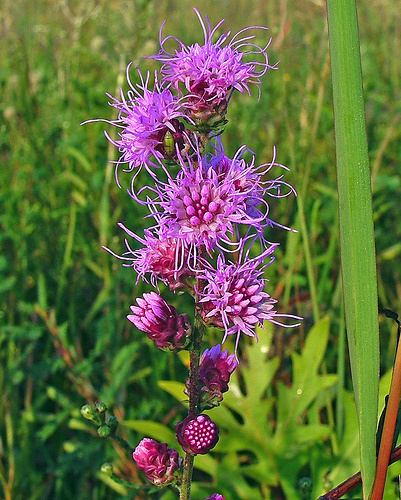
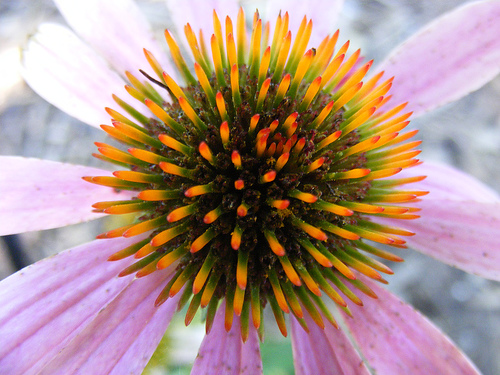
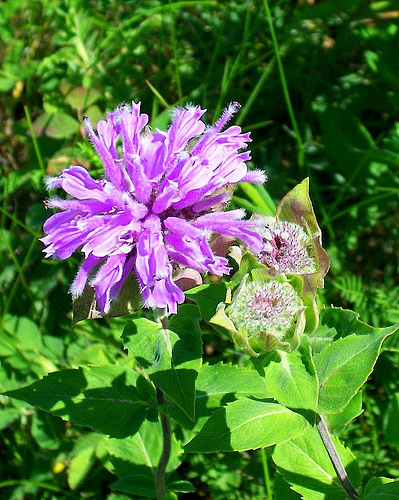
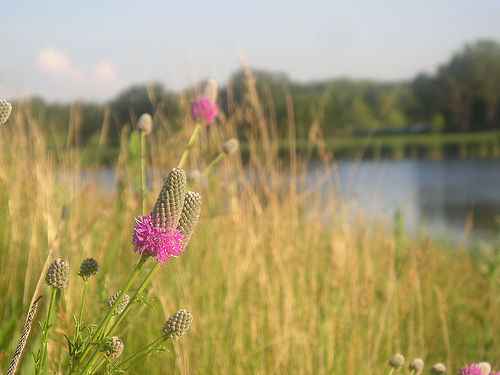
Recommended Wildflowers
Unless otherwise marked, prairie plants prefer well-drained soil in full or partial sun.
Cupplant (Silphium perfoliatum) may be the single best plant for birds in North America. It provides food, water, AND cover, all three of the things birds look for in a home. It gets its name from the way the large leaves clasp the stem, producing little cups that hold rainwater for days or weeks after a storm. Hummingbirds and butterflies love the relatively small, but numerous bright yellow, daisy-like flowers, and the seeds are devoured by goldfinches and other seed-loving birds.The large leaves and thick stems also provide shelter, especially when planted in groups. At over six feet tall, this plant may be too large and coarse for many border plantings, but will be right at home in larger plantings or planted in hedge-like groups as you might sunflowers. Prefers moist or medium soils. Cupplant's relatives Compass Plant (Silphium laciniatum) and Prairie Dock (Silphium terebinthinaceum) are also popular with birds.
Prairie Blazing Star (Liatris pycnostachya) and Dense Blazing Star (Liatris spicata) produce bold pinkish purple spikes, about 3-6 feet tall, that butterflies and hummingbirds love. They also make a beautiful cut flower, and when the flower has faded, the seeds are beloved by goldfinches and other seed eating birds.
The coneflowers, including Purple Coneflower (Echinacea purpurea) and Pale Purple Coneflower (Echinacea pallida), are among the most popular native wildflowers in America. They make attractive flowers and the spiky seedheads are interesting in dried arrangements. The flowers also attract butterflies and hummingbirds, and the seeds are popular with seed loving birds. The plant also has numerous medicinal uses.
Bergamot (Monarda fistulosa) produces unique pinkish purple flowers that butterflies and hummingbirds love. The stems are popular nesting materials for Indigo Buntings.
The goldenrod family, including Ohio Goldenrod (Solidago ohioensis), Showy Goldenrod (Solidago speciosa), and Stiff Goldenrod (Solidago rigida), provide important late season seed sources for birds, while the bright blooms are popular with butterflies and hummingbirds.
Purple Prairie Clover (Dalea purpurea) is a legume that naturally fertilizes the soil while providing bright purple flowers that provide nectar for butterflies and hummingbirds and seeds for birds.
Hummingbird Favorites
- Beardtongue (Penstemon species)
- Butterflyweed (Asclepias tuberosa)
- Canadian Milk Vetch (Astragalus canadensis)
- Cardinal Flower (Lobelia cardinalis)
- Columbine (Aquilegia canadensis)
- Great Blue Lobelia (Lobelia siphilitica)
- Harebell (Campanula rotundiflora)
- Joe Pye Weed (Eupatorium maculatum)
- Larkspurs (Delphinium species)
- Royal Catchfly (Selene regia)
More Wildflowers Birds Love
- Blue False Indigo (Baptisia australis)
- Columbine (Aquilegia canadensis)
- Downy Phlox (Phlox pilosa)
- Downy Sunflower (Helianthus mollis)
- Great Solomon's Seal (Polyognatum canaliculatum)
- New England Aster (Aster novae-angliae)
- Showy Sunflower (Helianthus laetiflorus)
- Smooth Aster (Aster laevis)
- Smooth Penstemon (Penstemon digitalis)
- Sweet Black Eyed Susan (Rudbeckia subtomentosa)
- Wild Blue Phlox (Phlox divaricata)
- Wild Senna (Cassia hebecarpa)
The Best Prairie Restoration Resources
- Tallgrass Prairie Restoration
Why and how to start a prairie restoration project
Recommended Grasses
With the rising popularity of ornamental grasses, there has also been a renewed interest in America's beautiful native prairie grasses.
Big Bluestem (Andropogon gerardi), once the dominant species of the tallgrass prairies that covered much of the Midwest, provides both food and shelter for grasslands nesting birds and is also popular with grazing animals, especially cattle and deer. Highly ornamental, it is happiest in large stands, but adapts well to use as an ornamental in border plantings, and thrives in a wide range of soil types and moisture levels.
It's smaller and even more ornamental relative, Little Bluestem (Schizachyrium scoparium), is also tremendously popular as food and cover for grasslands birds.
The plumy golden seedheads of Indiangrass (Sorghastrum nutans), another of the primary tallgrass species, are attractive in dried arrangements and popular with seed eating birds, while the final species of the great triumvirate of the tallgrass prairie, Switchgrass (Panicum virgatum) is known for providing excellent winter cover for wildlife. Traditionally, Switchgrass was considered too aggressive for border plantings, despite its highly ornamental seedheads, but in recent years, varieties have been developed that are more appropriate for small gardens.
Prairie Dropseed (Sporobolus heterolepsis) is widely considered to be the most attractive of the prairie grasses and produces highly nutritious seeds that are popular with birds.
Another exceptionally ornamental midgrass species is Sideoats Grama (Bouteloua curtipendula), also a popular food source for seed loving birds.
My Favorite Prairie Nurseries
- Prairie Nursery
Native Plants and Seeds for Prairies, Moist Meadows, Woodlands, and Savannas - Prairie Moon Nursery - Native Prairie Seeds
Suppliers of native plants and seeds for prairie restoration, natural landscaping, and wildflower gardens - Ion Exchange
Suppliers of native plants and seeds for prairie restoration, grasses for your home or prairie. landscaping,wetlands,woodlands,savannas and wildflower gardens - Stock Seed Farms
Stock Seed Farms markets and grows wild flowers, native grasses, pasture grass, and other native seeds and seed mixes.
Learn More About Gardening for Wildlife
Become a Certified Backyard Wildlife Habitat
- Garden for Wildlife
The National Wildlife Federation's Backyard Wildlife Habitat program
